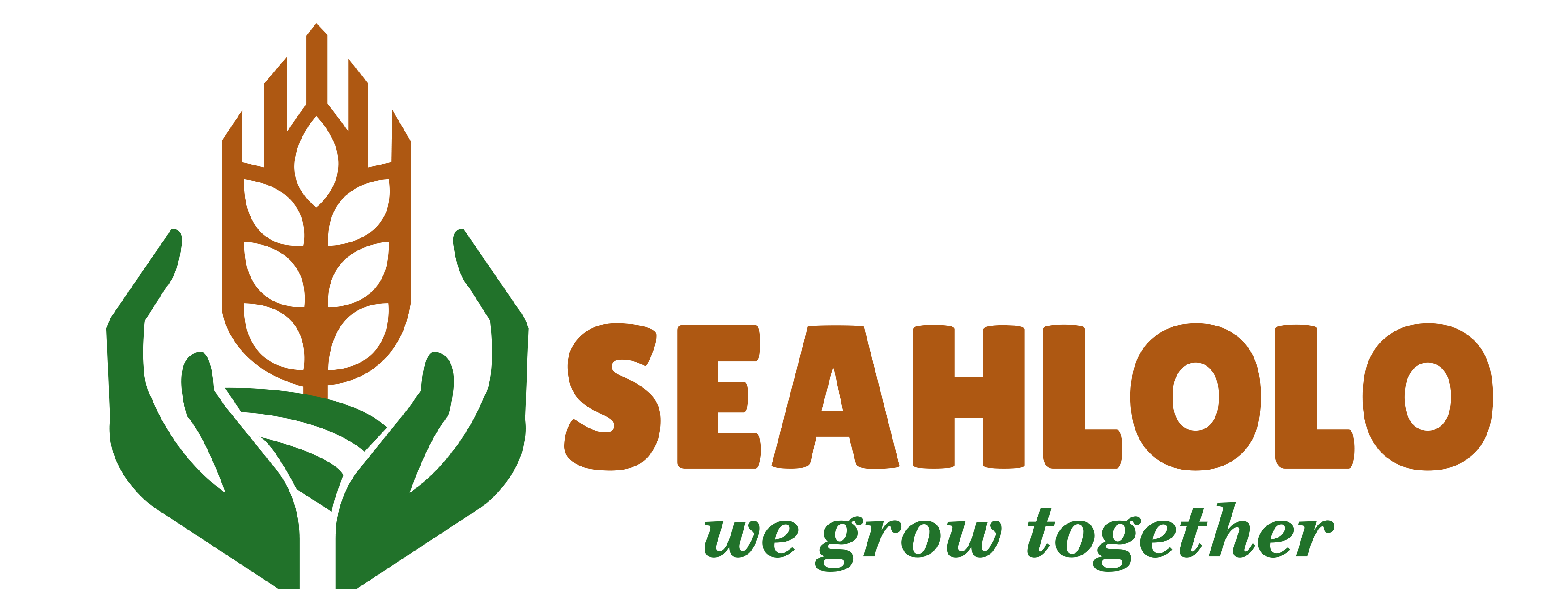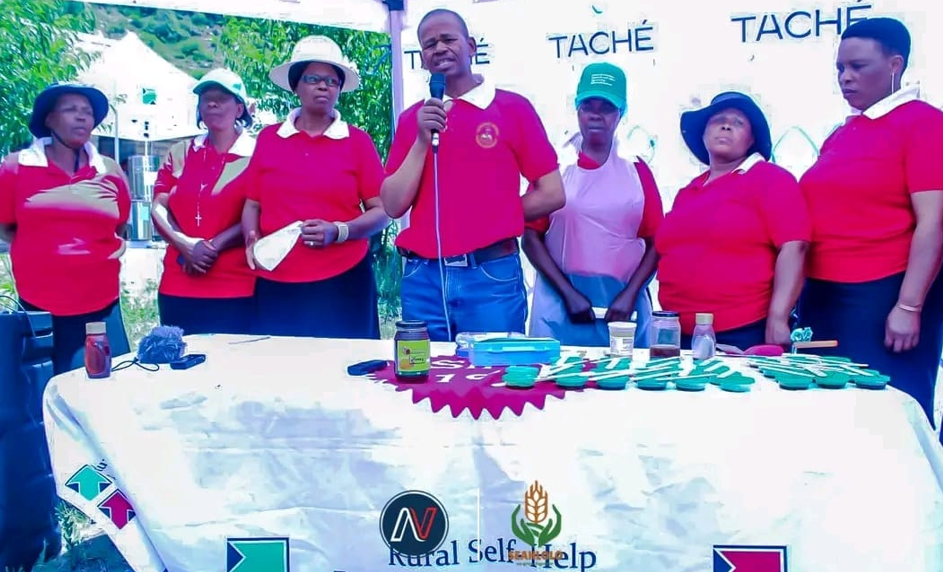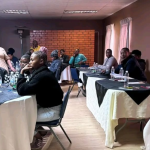Majantja Temong’s journey is a mirror of what food production was according to tell tales of our elders. A united movement led by the wisdom hands of women and men that remained in the villages. A story of an underlying hope buried in the soil to break the hunger chains when worked together
Letlamoreng Lehloenya, a leader of the village agriculture group remembers it clearly the moment when more than 270 farmers, most of them women, came together under the banner of Matjantja Temong, not to chase profit, but to fight the poverty that was swallowing their village whole.
“We were given seeds as Matjantja Temong group to put in practice communal cropping. We all agreed to use Ntate Machobane’s method of intercropping—temo ea tlhakantsuntsu—and it changed everything. We worked together and when we went to the farm, we came back with nutrition and pride. We knew we were doing something greater than ourselves,” Lehloenya recounts.
With no external resources but boundless willpower, they farmed year-round on shared land. No one gave up.
The goal wasn’t just to feed their families, it was to rebuild their dignity. From home plots to borrowed land, they expanded their work.
“We grew beyond our understanding. We diversified so much that we started producing and selling potato seeds to communities as far as Mafeteng and Tšita’s Nek.”
What started as a survival effort quickly became a beacon and potential that attracted The Rural Self-Help Development Association (RSDA)and theSmall Grains Programme who saw potential in their collective model and introduced support to preserve and replant old seed varieties.
“Being trusted as a seed bank for old varieties has kept us intact and sustained. I can’t remember the last time we bought seeds. Over fives later we are still sowing the seeds we were entrusted to reproduce and preserve, therefore we don’t worry about late inputs or any other common challenges.”
Facing unpredictable climate shifts, the group made a bold shift, specialising in crops like sorghum which is successful in drier areas like Senqu.
“We focused on one crop commodity with time, sorghum and the harvest was as we had hoped.
“Our harvest are processed by young people from the village to help us turn the sorghum into refined products and suddenly we weren’t just farmers but employers of our children,” he said, adding their local processing initiative birthed a micro-economy, giving youth a sense of purpose and community members access to healthy, locally-made foods. The model was working.
But like many stories of rural ingenuity, this one has not been spared its challenges.
From 270 committed members, only about 30 remain active today.
Of the 12 original sub-groups, just eight have survived.
“It’s not that people lost interest. It’s the lack of support from the government and institutions of power as well as people’s expectations. People want quick results. They want to plant and walk away, but farming needs love, commitment, and patience.”
The collapse of the potato seed project still stings.
“Without access to quality first or second generation seed, our yields dropped drastically and the founding support we heavily relied on vanished without explanation. We were left using fourth-generation seed whose quality weren’t worthy for the market. The harvest was poor. We had no choice but to discontinue,” Lehloenya recalls.
Despite these setbacks, Matjantja Temong remains a registered group, deeply committed to its mission, but the cries for help are getting louder; “we need training, transport, and renewed connection with institutions like RSDA.”
“Members live far apart, and many can’t attend meetings as regular as we would want. They walk long distances and sometimes in dangerous conditions just to be part of something bigger. We often change venues to accommodate them, but still, many are left out.”
Lenhoenya and his members have already proven what’s possible: community-led production, conservation of indigenous seeds, value-addition, and local employment creation. They have rejected chemical-intensive farming choosing instead to work with nature through manure, healthy soil practices, and respect for tradition. They have practised agroecology before it became a development buzzword.




